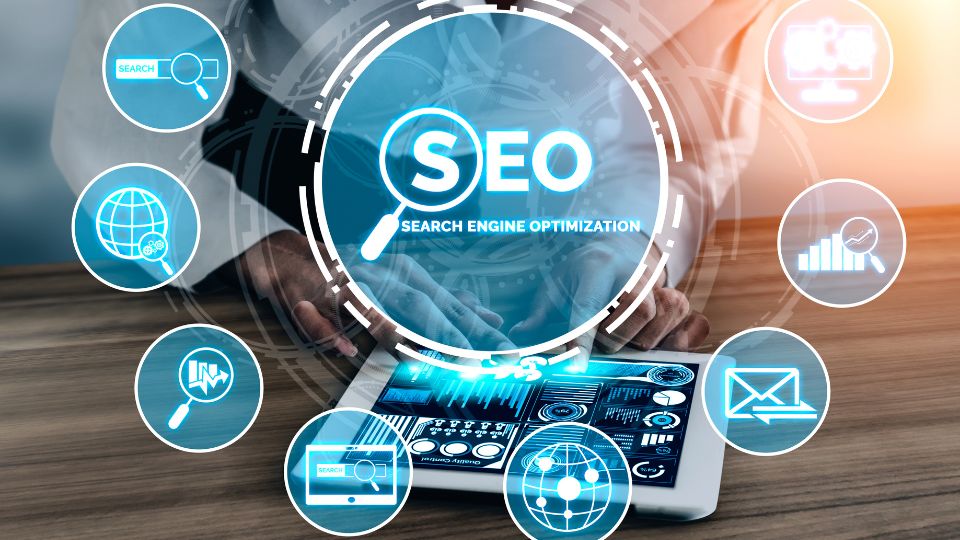Ever wondered how companies like Toyota or Amazon keep getting better, year after year? It’s not magic. It’s a commitment to continuously improving every aspect of their operations. And guess what? Your organization can do it too. Let’s dive into how.
Understanding Continuous Improvement
Before we get into the how, let’s talk about the what. Continuous improvement is all about making small, incremental changes to processes, products, or services with the goal of boosting efficiency and quality.
Think of it like this: instead of waiting for something to go wrong and then scrambling to fix it, you’re always on the lookout for ways to make things better. It’s proactive, not reactive. And it’s a strategy that’s been proven time and time again to work wonders in large organizations.
You might have heard of some popular continuous improvement methodologies like Kaizen, Six Sigma, or Lean. These are all different flavors of the same idea: keep finding ways to improve. Whether it’s cutting down on waste, speeding up production, or delivering a better customer experience, the goal is always the same—never stop improving.
Building a Culture of Continuous Improvement
So, how do you get started? The first step is to build a culture of continuous improvement.
Sounds fancy, right?
But really, it’s all about mindset. It starts at the top. If the leaders in your organization aren’t on board, forget about it. You need leadership that’s not only supportive of continuous improvement but actively champions it. They set the tone for the rest of the organization.
Leadership alone isn’t enough, however. You also need to get everyone else involved. Encourage your employees to speak up, share their ideas, and get involved in improvement initiatives. Create an environment where experimentation is encouraged, and failures are seen as learning opportunities, not career killers. The more engaged your employees are, the more successful your continuous improvement efforts will be. Remember, it’s about fostering a mindset of constant learning and adaptation.
Setting Clear Goals and Metrics
Now, let’s talk goals. If you don’t know where you’re going, any road will get you there, right? That’s why setting clear, specific goals is so crucial for continuous improvement. You want to make sure your goals are SMART—Specific, Measurable, Achievable, Relevant, and Time-bound. This isn’t just corporate jargon; it’s a proven way to ensure your improvement efforts are focused and effective.
And once you’ve got your goals, you need a way to measure progress. That’s where Key Performance Indicators (KPIs) come into play. Think of KPIs as your roadmap—they help you see if you’re on track or if you need to course-correct. By using data-driven approaches, you can objectively measure the effectiveness of your continuous improvement initiatives and make informed decisions moving forward.
Creating a Structured Continuous Improvement Process
Alright, goals are set, and metrics are in place. Now what? It’s time to create a structured process for continuous improvement. One of the most popular frameworks is the Plan-Do-Check-Act (PDCA) cycle. It’s pretty straightforward: you plan what you want to do, you do it, you check to see if it worked, and then you act based on what you learned. Rinse and repeat.
Regular assessments and feedback loops are also key. You want to be continuously identifying areas for improvement. And don’t forget to document everything. This might sound tedious, but trust me, it’s worth it. A well-documented process makes it easier to replicate success and avoid repeating mistakes. Plus, it’s essential for scaling improvement initiatives across the organization.
Let’s not forget about technology. From process automation to data analytics, there are countless tools available to help streamline and accelerate your continuous improvement efforts. Think about it: why manually track improvements when you could use a software platform that does it for you, providing real-time updates and insights?
Continuous improvement software, specifically, can be a game-changer. These platforms are designed to help organizations manage improvement projects, track progress, and share results across teams. With features like automated workflows, customizable dashboards, and integrated feedback loops, continuous improvement software ensures that every effort is documented, monitored, and analyzed. This not only saves time but also enhances accountability and transparency, making it easier to sustain momentum.
Overcoming Challenges in Continuous Improvement
Of course, implementing continuous improvement isn’t all sunshine and rainbows. There are plenty of challenges along the way. For one, you might face resistance to change. It’s human nature—people are often reluctant to step out of their comfort zones. And in large organizations, change can be slow and cumbersome. There are also resource constraints to consider. Improvement initiatives take time, money, and effort—resources that might be stretched thin already.
But don’t let these challenges deter you. There are strategies to overcome them. Change management techniques can help ease the transition and get everyone on board. Training and development programs can equip your teams with the skills they need to succeed. And remember, every challenge is an opportunity in disguise. Some of the best success stories come from companies that turned their biggest obstacles into their greatest achievements.
Sustaining Continuous Improvement Efforts
So, you’ve implemented continuous improvement—now what? The work doesn’t stop there. Sustaining these efforts over the long term is crucial. It requires ongoing support and reinforcement. Regularly revisit and refine your improvement processes to adapt to changing circumstances. Celebrate your successes, no matter how small, and learn from your setbacks. This keeps the momentum going and helps maintain a positive, forward-thinking culture.
Think of continuous improvement like a muscle—the more you exercise it, the stronger it gets. Keep it up, and over time, it will become second nature to your organization.
Over to You
Continuous improvement is more than just a buzzword; it’s a powerful strategy that can drive meaningful change and growth in any large organization. By fostering a culture of improvement, setting clear goals, leveraging technology, and overcoming challenges, your organization can unlock its full potential and stay ahead of the competition.
So, why not start today? Take a small step—encourage an open discussion about where improvements can be made, set a new goal, or try out a new tool.










